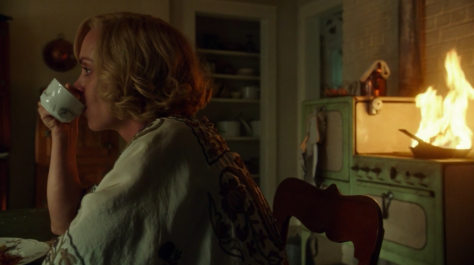Download links for: Pointed Roofs Pilgrimage, Volume 1


Reviews (see all)
Write review
There are numerous volumes of this...
great writer, great book!
Should be 'rooves'.
A very odd book...
Other books by Fiction
Related articles












